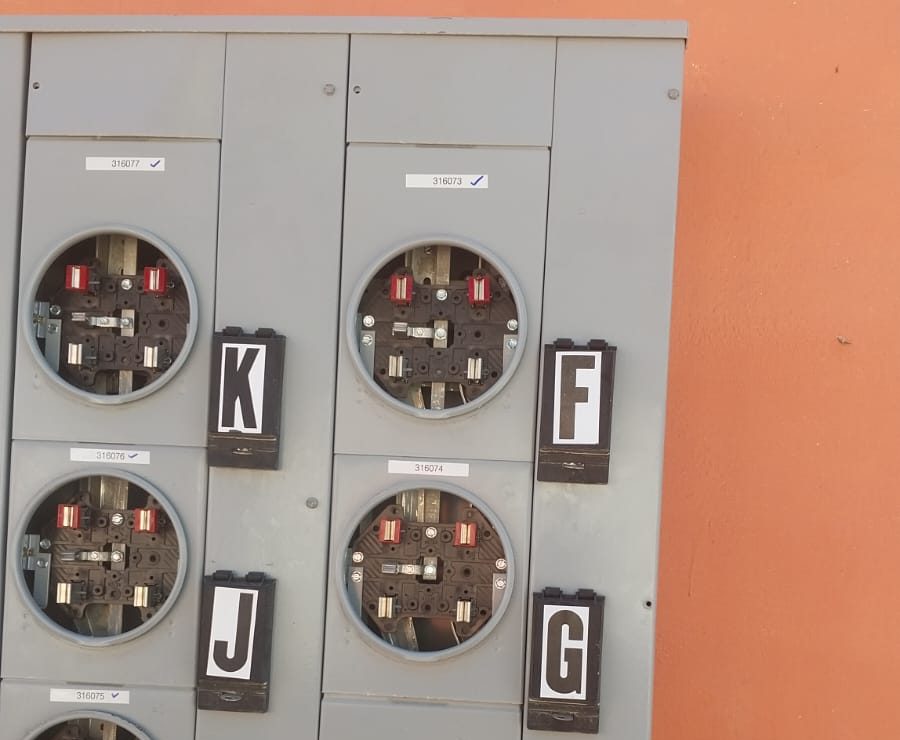Error Checking in Circuit Boards
Error checking in circuit boards is the process of identifying and troubleshooting faults, defects, or inconsistencies in the design, manufacturing, or operation of printed circuit boards (PCBs). Circuit boards are the backbone of modern electronics, and any errors can lead to malfunctioning devices, reduced performance, or complete system failure. For electrical services like A C's Electrical Services, ensuring reliable and efficient error-checking processes is critical to delivering high-quality products and services.
Why is Error Checking Important?
- Prevent Failures: Early detection of faults prevents costly failures and downtime.
- Ensure Safety: Faulty circuit boards can lead to electrical hazards, such as short circuits or overheating.
- Enhance Performance: Error-free boards ensure devices operate at peak efficiency.
- Compliance with Standards: Proper error checking ensures compliance with industry standards like IPC or ISO certifications.
Common Errors in Circuit Boards
- Design Errors:
- Incorrect layout or trace routing.
- Overlapping components causing interference.
- Missing or incorrect connections.
- Manufacturing Defects:
- Soldering issues (e.g., cold joints, bridging, or voids).
- Component placement errors.
- Defective materials or components.
- Operational Faults:
- Voltage spikes or current overloads.
- Short circuits or open circuits.
- Signal integrity issues, such as noise or distortion.
Techniques for Error Checking in Circuit Boards
- Visual Inspection:
- Manual or automated examination of the board for physical defects, like cracks, poor solder joints, or missing components.
- Continuity Testing:
- Using multimeters or circuit testers to ensure all connections are intact.
- Automated Optical Inspection (AOI):
- Cameras and software scan for missing components, misalignments, and soldering issues.
- Functional Testing:
- Simulating the board’s operation to ensure it meets design specifications and performs as intended.
- Thermal Imaging:
- Detecting hot spots that indicate potential short circuits, overloading, or component failure.
- Boundary Scan Testing:
- A method for testing interconnections between integrated circuits without requiring physical probes.
- X-Ray Inspection:
- Checking for internal defects, such as voids or misalignments, in multilayer boards.
How A C's Electrical Services Ensures Error-Free Circuit Boards
- Advanced Diagnostic Tools:
- A C’s Electrical Services utilizes state-of-the-art equipment for AOI, thermal imaging, and functional testing to detect and rectify issues promptly.
- Expert Technicians:
- Highly trained technicians who specialize in PCB design, testing, and repair.
- Preventive Maintenance:
- Routine inspections and error checks to minimize potential failures and keep systems running smoothly.
- Customized Solutions:
- Tailored services to meet specific client requirements, ensuring optimal performance for every project.
Conclusion
Error checking is a vital step in ensuring circuit boards function efficiently and reliably. By investing in modern testing techniques and expert services, A C's Electrical Services ensures top-quality results for its customers. Whether it's diagnosing a faulty PCB or providing preventive maintenance, their expertise helps maintain the highest standards in electrical systems.
